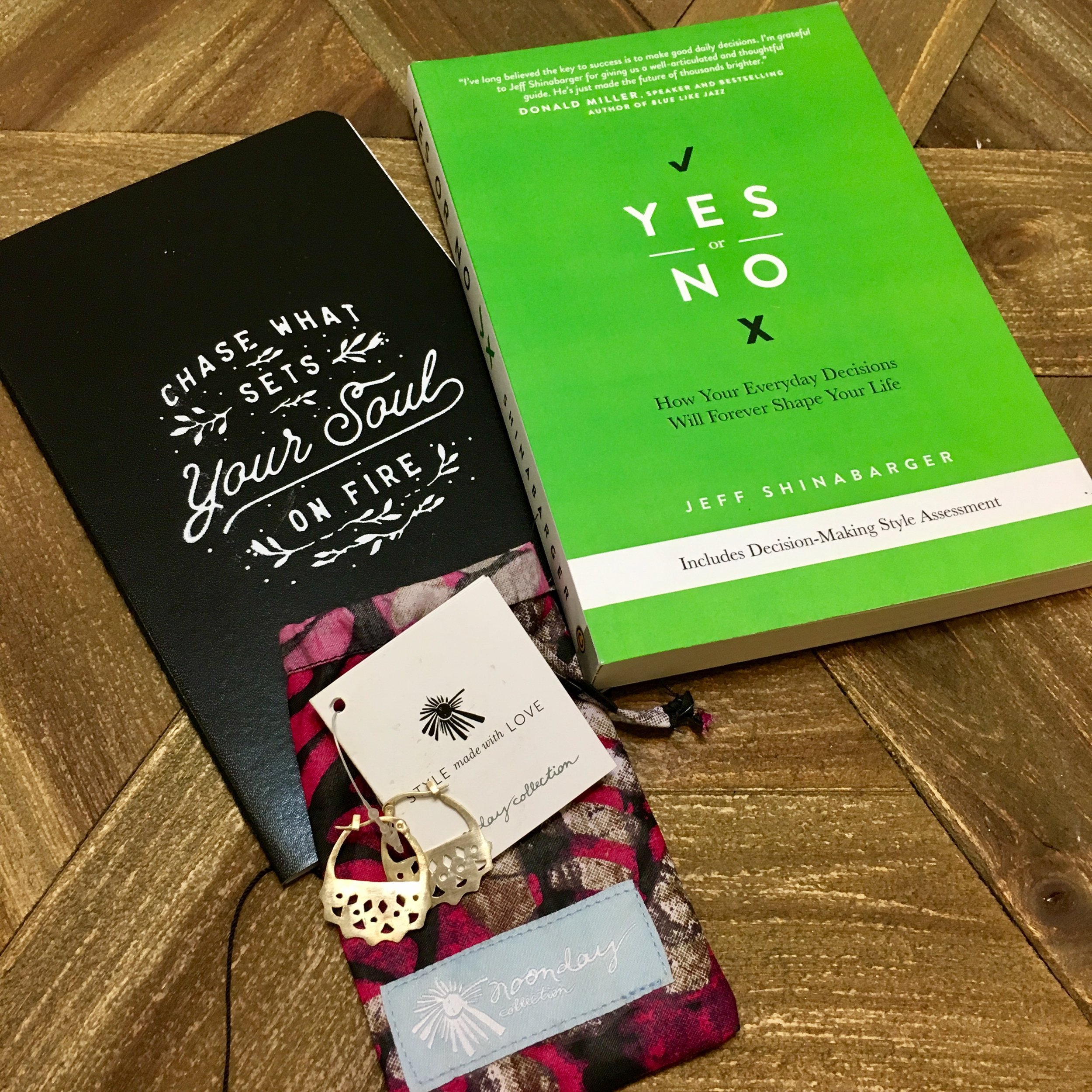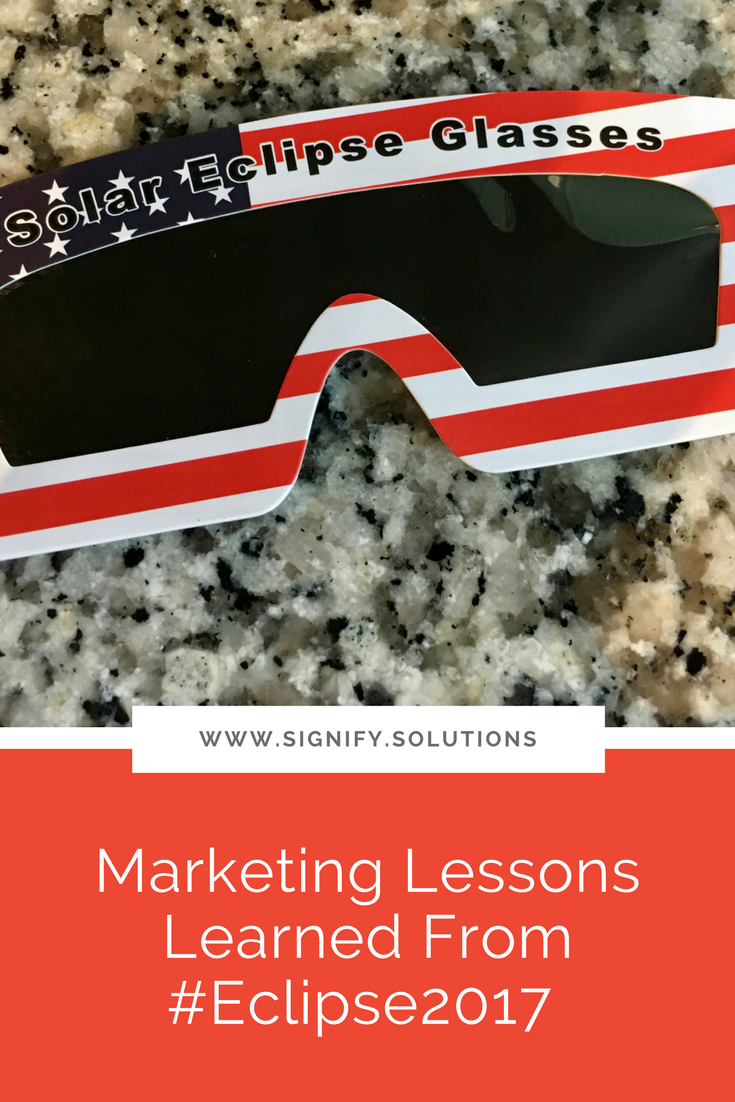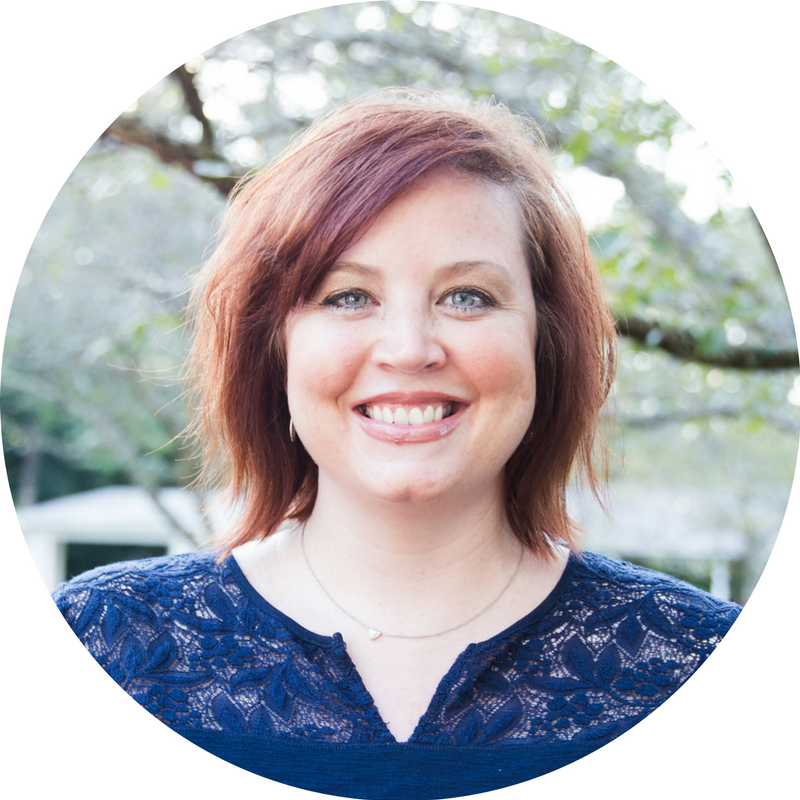Fall and spring are primetime conference seasons. I feel like I’m currently receiving multiple emails every week for new events and registration deadlines. And I don’t know about you, but I love attending conferences! I’d never consider going back to school, but I’d attend a conference every month if I could! Extraverts and introverts (raising hand here!) can find plenty of fantastic opportunities at a conference whether you’re in it for the people or the information.
But with our busy, busy lives, sometimes even our favorite annual events can sneak up on us. If it’s going to take a chunk out of your schedule, and possibly out of your budget, why not make the most of it? Events and conferences could mean new customers, donors, partnerships, or even friends.
To make the most out of your time there, here are my top tips for preparing to attend a conference on behalf of your nonprofit or social enterprise.
Business Cards and Handouts
If you’re anything like me, your business cards really only see the light of day at events and conferences. But nonetheless, it’s important to have them on hand. There’s still no better way to pass along your information quickly. So, make sure you have ample supply printed and packed. And if your nonprofit or social enterprise has any handouts or coupons, bring those along too!
(Update 3/21/18) Another great alternative someone recently told me about was to utilize a contact card in your phone that can easily be shared with someone via text. I created a separate business contact card since my personal one had private details on it. So, with the business one, I added all my details, including my business social media links, Skype handle, and everything else that makes me easy to reach. She even added a link to her online calendar which makes scheduling a snap.
I still recommend having traditional business cards as well, because I don't want to automatically add everyone I meet to my address book, but it's a terrific other option, and will also work well if/when you run out of cards.
Social Profiles
As I prepped for a conference last month, I realized that my Facebook Page profile needed to be updated. I’d changed some of my positioning language since creating it back in February. So, it taught me to give them all a once-over. Sometimes we promote fundraising campaigns or sales promotions in our profile, but they weren’t intended to stay that way forever. Or, like me, maybe you had some temporary language that stayed in place for too long. It’s possible your organization has even gone in a new direction. Whatever the reason, give each profile a quick look to make sure all of the information is still correct.
Additionally, I recommend doing this both with your personal and professional profiles. Why? To cover all your bases. For example, I only have Facebook, Twitter, and Pinterest accounts for Signify. But I have personal Instagram and LinkedIn accounts. Depending on the accounts other people prioritize for themselves or their organizations, you want to give them as many good options as possible for connecting with you later, as well as keeping up with the latest on your business.
Social Feed
How long has it been since you updated your social media? It’s probably on your weekly To Do List, but if you’re like most small business owners I know, it can easily fall to the wayside. Head on over there and post updates to each of your accounts. And if you’re still a week or two from the conference, you might even want to schedule a few posts ahead of time leading up to the event. The point is that you want anyone checking out your accounts to see updated content. Otherwise, they might not bother with following you. And I know you don’t want that! As before, consider this for your professional and personal accounts.
Website
Chances are, there are pages on your website that get updated regularly, like a blog. (Or, at least I hope so! Google likes this!) But there may be other pages that need dusting off. This often includes the About page, but depending on the size of your site, it could be any number of pages. This will take the most time, but try to give each page a good, hard look with the perspective of a new visitor. Check to make sure information is updated and, equally important, that links work. And if you’re a real go-getter, you can even create an opt-in, switch out an opt-in, or use language that other conference attendees are likely to click.
Conference Info
If this isn’t a conference you’ve attended before, it’s time to follow the event’s social media accounts. Likewise, take note of any official hashtags that will be in use. In the weeks leading up to the gathering, you can interact with people online to introduce yourself, start attracting new followers, find new accounts that interest you or are relevant your cause, make plans to meet in real life, and much more. During the event, you can do some of the same, as well as posting your favorite notes and quotes, which allows you to not only show what you’re learning and enjoying, but also be helpful to others. Plus, it gives you great content for your own personal and organizational accounts—bonus!
Attended a conference recently? Here's my secret formula for what to do next!
By the way, here’s a great list of social impact conferences from Cause Artist. What are your favorite conferences to attend? Tell me in the comments!
PIN THIS POST FOR LATER:
I'm Kristi Porter, and I started Signify to provide writing, consulting and strategy services to nonprofits and for-profit organizations with a social mission, primarily through copywriting, marketing, and business communications. I believe that cause-focused organizations like yours are the future of business. You're proof that companies can both make money and do good. And I'm here to help you get noticed and grow. When you succeed, we all win.
















































